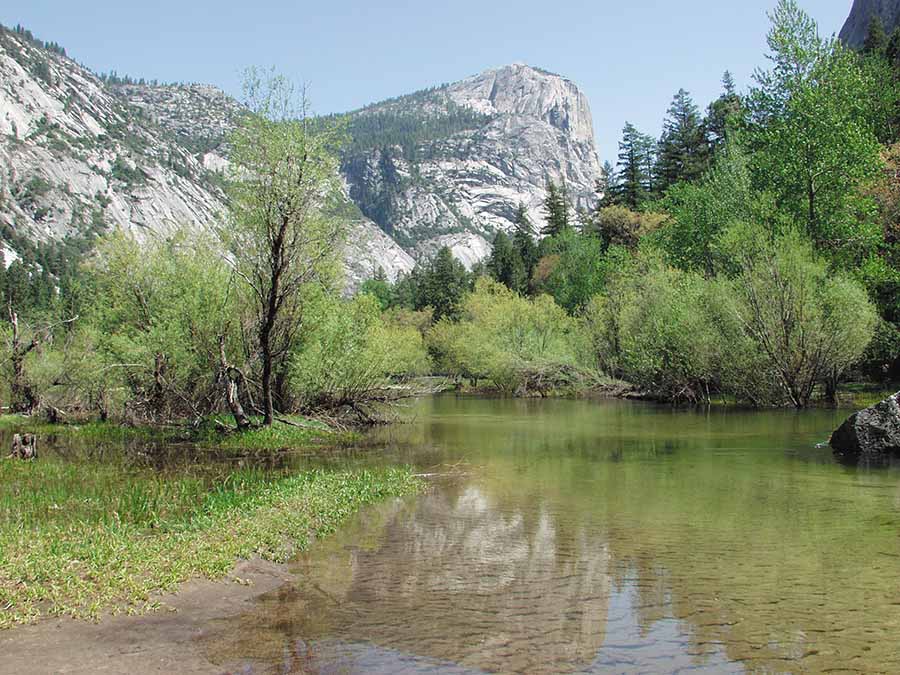
The US federal government shutdown enters its 20th day with no resolution in sight after the Senate’s 10th failed vote the previous day, marking the third-longest lapse in modern history.
Over 750,000 federal workers remain furloughed or working without pay, while the Trump administration pursues layoffs of up to 10,000 employees despite a court injunction blocking some actions.
Museums and attractions face widespread closures, with the Smithsonian Institution shuttering its 21 museums and the National Zoo on October 12 after exhausting prior-year funds, affecting sites from the National Air and Space Museum to the National Museum of African American History and Culture.
The National Gallery of Art halted operations on October 5, and the National Archives Museum joined closures on October 1, alongside the Library of Congress and Washington Monument, forcing visitors to monuments on the National Mall to navigate without guided tours or facilities.
Presidential libraries such as the JFK in Boston and Harry S Truman in Missouri locked doors immediately, while the LBJ in Texas held out until October 15, resulting in an estimated €2.9m loss in revenue akin to the 2019 shutdown. Hospitality businesses report a €920m drop in travel spending since October 1, with hotels and restaurants near federal sites seeing occupancy rates fall by 20 per cent in Washington DC and gateway communities to attractions. T
he US Travel Association forecasts €920m weekly losses, exacerbated by a 6.3 per cent decline in inbound visitors to 67.9m for 2025, hitting states like California, Louisiana, Washington and Alaska hardest as tour operators cancel bookings and conferences postpone events.
Food safety inspections by the FDA have paused, delaying restaurant openings, and events reliant on federal venues face disruptions, with small businesses dipping into reserves to cover staff wages amid uneven recovery prospects.
State parks absorb redirected visitors but strain under surges, as federal national parks operate with skeleton crews of 5,200 essential National Park Service staff out of 14,500, furloughing 9,296 rangers and closing visitor centres, restrooms and campgrounds at sites like Everglades and Joshua Tree. Yosemite and Great Smoky Mountains use pre-shutdown fees for basic maintenance, yet reports emerge of uncollected trash and resource damage, with states like Colorado and Utah pledging funds to sustain access while nonprofits in Tennessee cover costs through October 19.
Economic fallout includes €73m daily in lost visitor spending during peak autumn foliage season, threatening concessionaires and local gateways with revenue shortfalls exceeding €400,000 per day from forgone entrance fees. Aviation endures mounting delays from air traffic controller absences, with the Federal Aviation Administration reporting shortages at 12 facilities on October 7 and six more the next day, closing towers at Hollywood Burbank for six hours and slowing flights at O’Hare, Nashville and Philadelphia.
Over 23,600 daily departures see 92 per cent on time as of October 8, but averages climb to two-and-a-half hours at affected hubs, while Transportation Security Administration lines lengthen due to sick calls among unpaid screeners. Training for 2,000 new controllers halts, worsening chronic shortages, and the Essential Air Service program risks depletion by October 13, grounding rural routes in 170 communities and prompting warnings from unions against capacity strains. T
he impasse risks holiday travel chaos in November unless Congress passes a continuing resolution, with experts urging bipartisan action to avert broader safety concerns in the airspace system.




